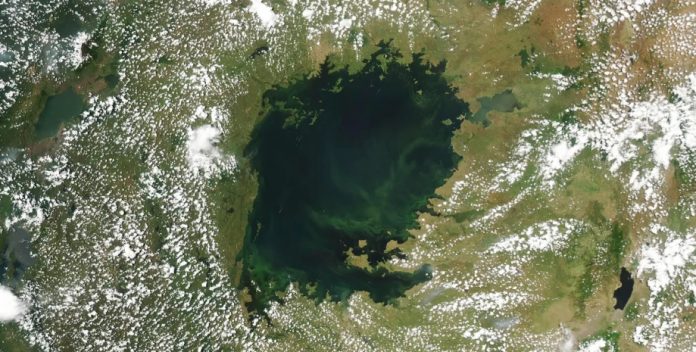Lake Victoria, most in Africa and the second largest lake in the world, is in danger. Scientists have recorded large -scale flowering of toxic algae, which can have catastrophic consequences for millions of people and ecosystems of the reservoir.
A study conducted by scientists at the University of Michigan and the University of Bowling-Grin showed that the lake changed color due to the abnormal growth of cyanobacteria. These microorganisms secrete a dangerous toxin of microcystines that poisons water and threaten the health of humans and animals. The main cause of this phenomenon is eutrophification, that is, excessive enrichment of the reservoir with nutrients, which causes mass reproduction of algae. This phenomenon arose through: field runoff from fields, industrial contamination, sewage of cities, biomass burning, climate change.
Lake Victoria is a key source of fresh water for over 47 million people in Kenya, Tanzania and Uganda. However, because of contamination: water becomes dangerous for consumption, which can cause liver poisoning and disease. Fish stocks are killed, which can provoke a food crisis. Biodiversity, including wild animals, which depend on the lake.
Scientists urge the rescue plan of Lake Victoria. It should include pollution restrictions, industrial and agricultural waste control, and reservoir cleaning measures. Without such actions, Lake Victoria can turn into a dead zone by causing a large -scale environmental and humanitarian crisis.


